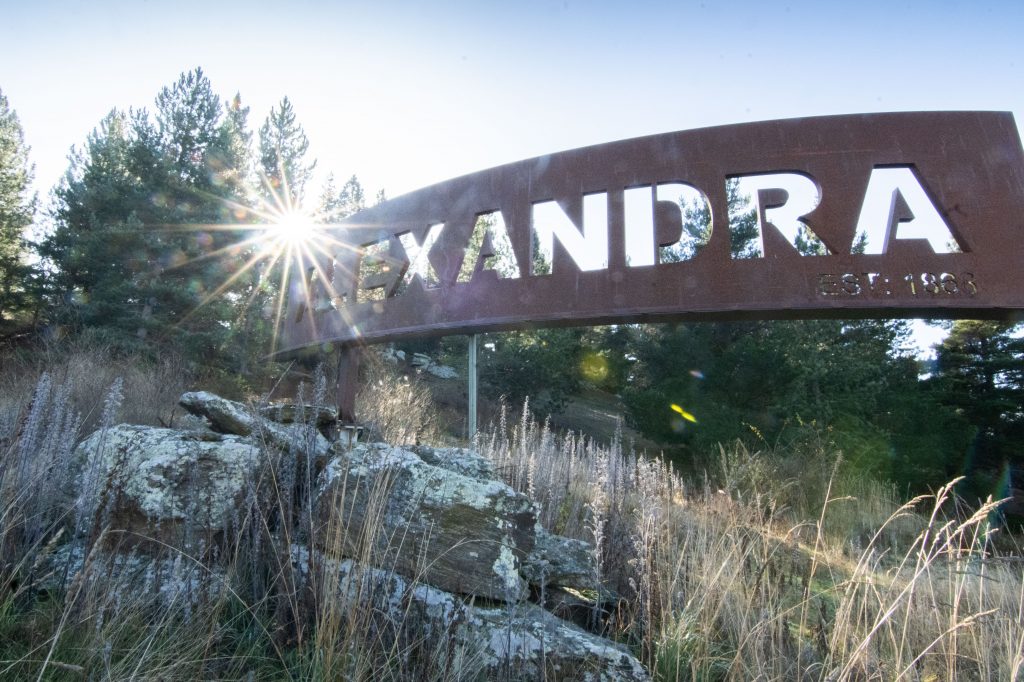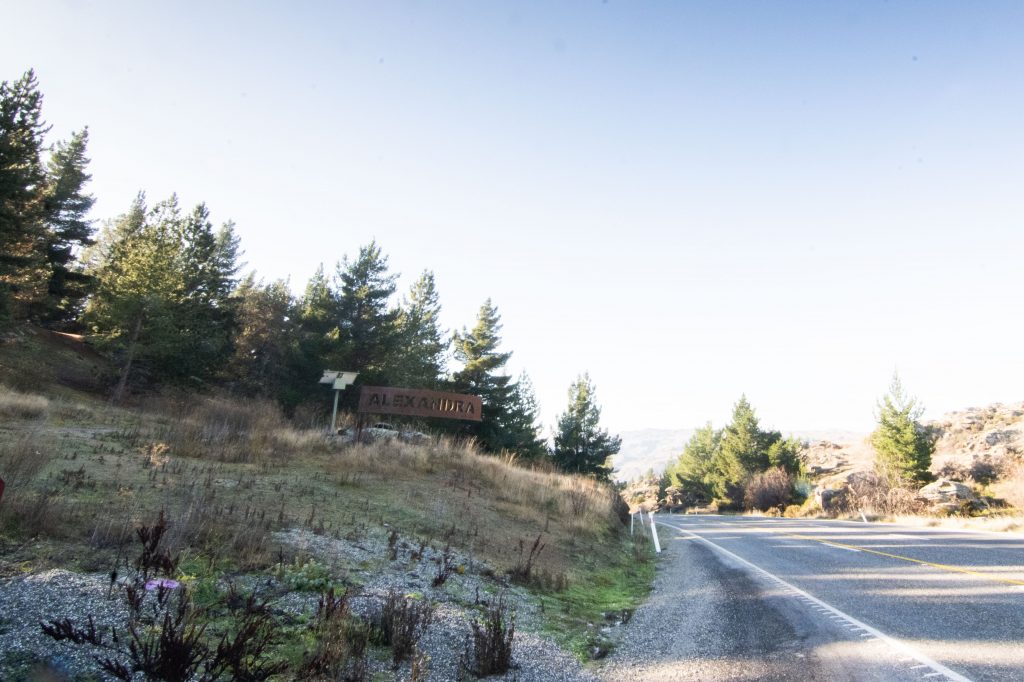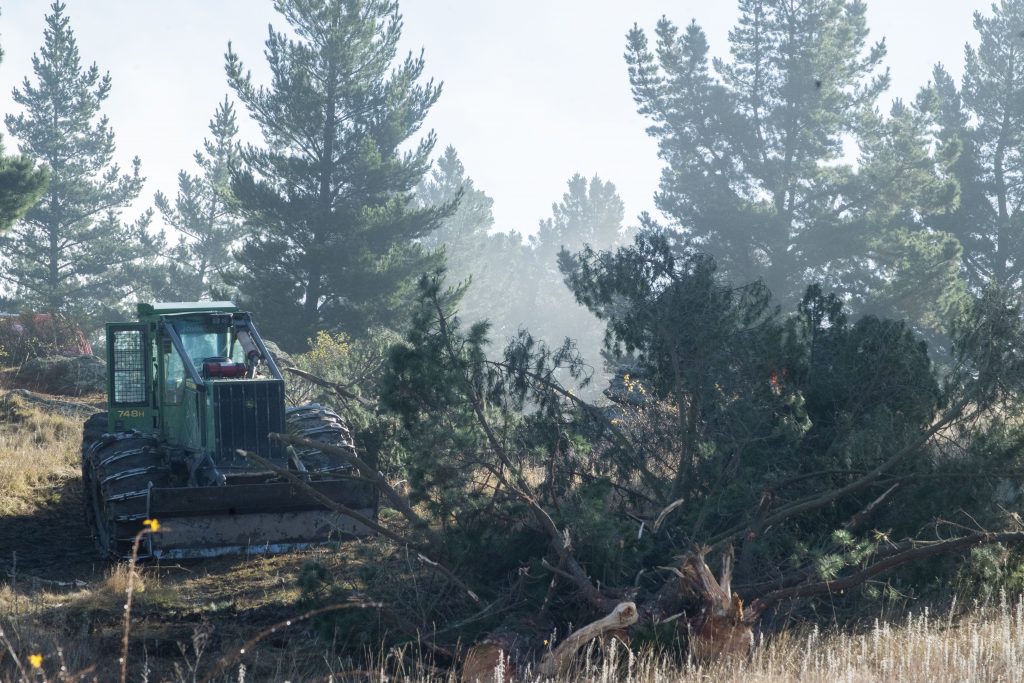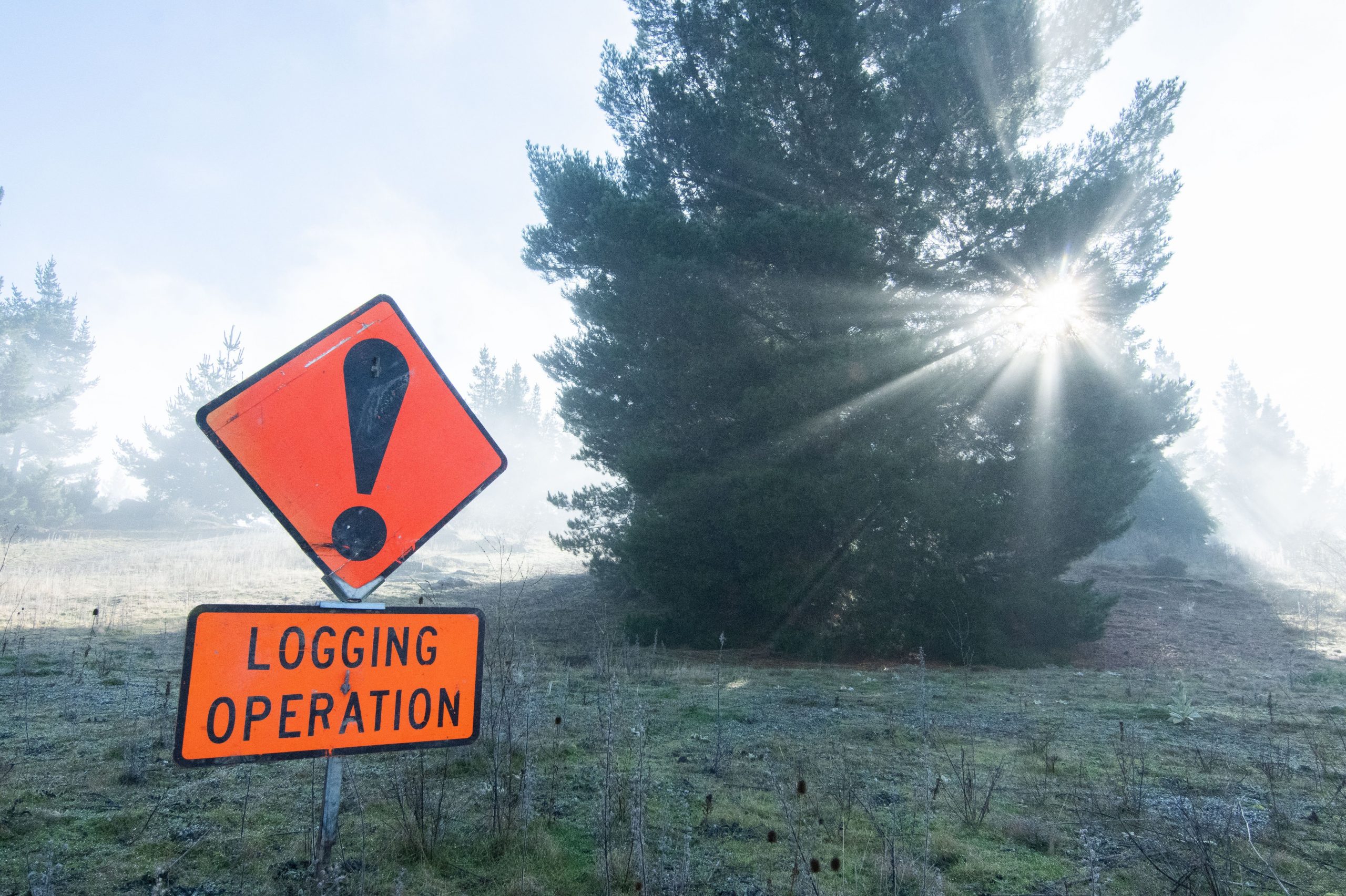The axe has fallen on the Half Mile trees.
The Central Otago District Council’s (CODC) controversial decision to proceed with the felling of pine trees on the Alexandra Half Mile Reserve, despite the threat of legal action, has caused a raft of emotions for those opposed to the operation.
Last week special council Kristy Rusher, acting on behalf of the Alexandra Half Mile Reserve Community Group (AHMRCG), advised councillors via letter the group believed CODC had failed in its statutory obligations under the Reserves Management Act 1977.
That belief was based on a lack of a reserves management plan in place for the reserve, and the planned removal of trees without ‘‘providing for the replacement, planting or restoration of the trees to be removed’’.
‘‘The council is therefore in breach of several of its statutory obligations under the Act, should the removal of trees commence before the council has made necessary provision for the protection of the gecko population, a complaint to the Ombudsman will follow regarding the breach of this statutory duty,’’ the letter said.
It went on to say a judicial review application based on ‘‘council’s breach of the statutory duties’’ could seek the decision to authorise the removal of the trees be vacated and see the council served with an injunction to prevent the trees being felled. Group spokesman Chris Winter reiterated that during the public forum of last week’s council meeting and requested felling be suspended until the matter was sorted otherwise further legal action may be taken.
The group felt after more than 18 months it had no choice, he said.

However, legal advice sought by CODC affirmed the decision to remove the pine trees was lawful and the felling would proceed as planned, group manager — community experience David Scoones said.
The News understands lawyers acting on behalf of the council have advised AHMRCG the group’s concerns are based on a ‘‘misunderstanding of what the council has done and has committed to do’’.
In a response to questions from The News, parks and recreation manager Gordon Bailey said a 1982 decision by the Minister of Lands, the minister responsible for the Reserves Act 1977, extended indefinitely the period for local authorities to complete or prepare management plans for recreation reserves not approved by March 13, 1983.
That extension applied to recreation reserves in existence on April 1, 1978, which under the Reserves Act were required to have management plans prepared by March 31, 1983.
‘‘Like many councils there are reserves that don’t have an RMP [reserves management plan] for the reasons stated above: The council has many reserves of varying sizes, for example approximately 600sqm to our largest, over 100ha. Not all reserves require a reserve management plan for council to manage effectively.’’

As of this year, council had ‘‘invested in a resource to develop planning and strategy in the parks and recreation department district-wide’’ with a major focus on the preparation of an Open Spaces and Recreation Strategy, he said.
The strategy aimed to set clear goals to determine how open spaces would be managed, developed and used now and in to the future.
It would take in to consideration regional and national biodiversity objectives, recreation, sport, leisure needs of community and emerging trends, high performance sport needs as well as connectivity and use of open space for community accessibility.
It would also consider local identity and sense of place as well as reflect a wide range of community views and demographics and define levels of service.
‘‘While existing reserve management plans and various other sport and recreation strategies have previously been sufficient guiding documents for council, significant population growth over the past 10 years, as well as projected population growth, has highlighted the need for an open spaces and recreation strategy [as mentioned above] across the district,’’ Mr Bailey said.

The first logging equipment and heavy machinery rolled in to Alexandra before sunrise on Tuesday, with felling starting at the southern end of the Half Mile Reserve mid-morning.
Anticipated protest action by residents of the Bridge Hill area did not happen.
Vocal opponent of the felling and neighbouring resident Ken Churchill said he was sad to see the trees go.
‘‘I’ve been a neighbour since 1990 — my children, they’re bigger now, went out there all the time,’’ he said.
‘‘So many neighbours and people from afar use the reserve so much more than [council] realises.’’





